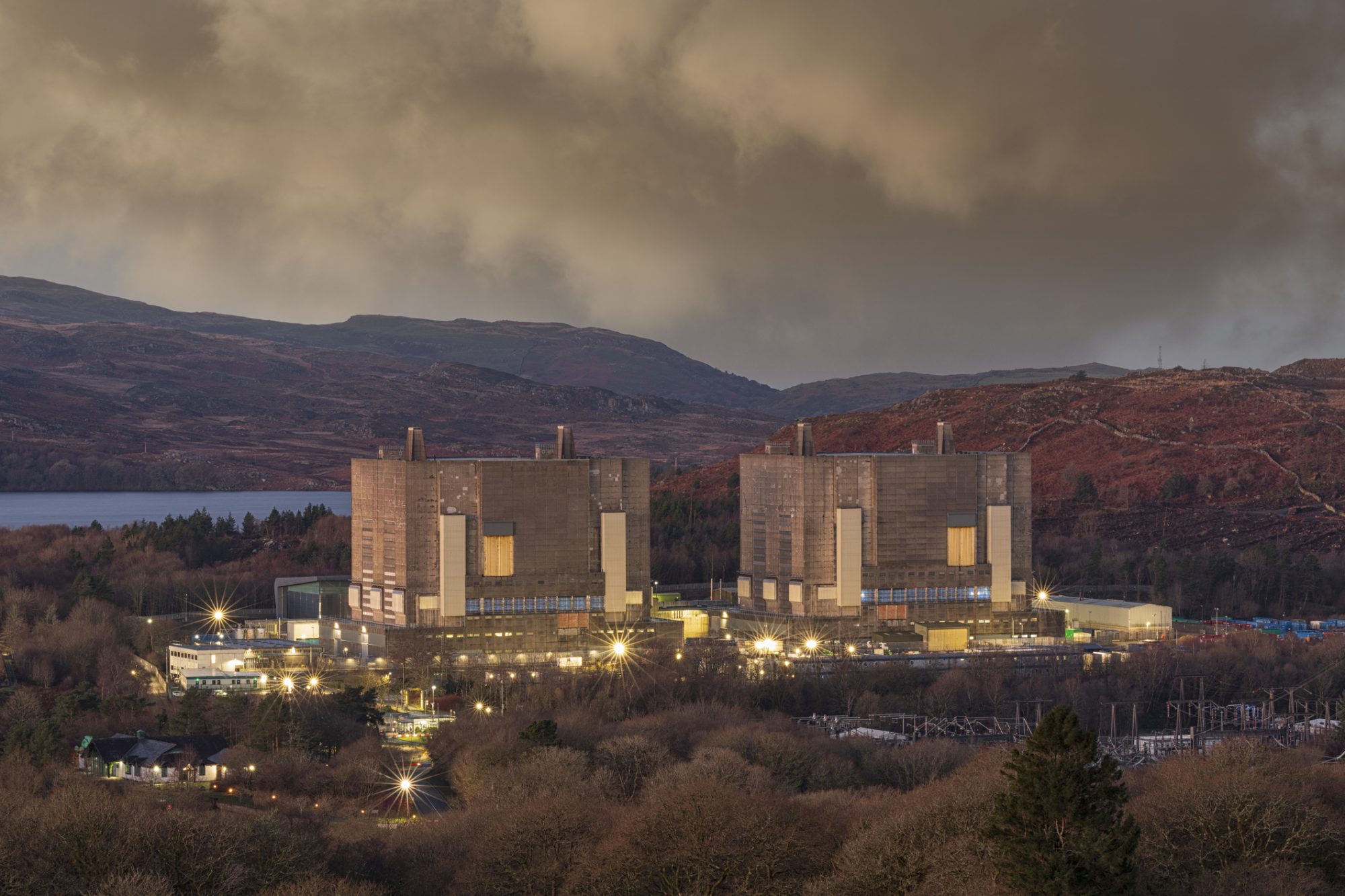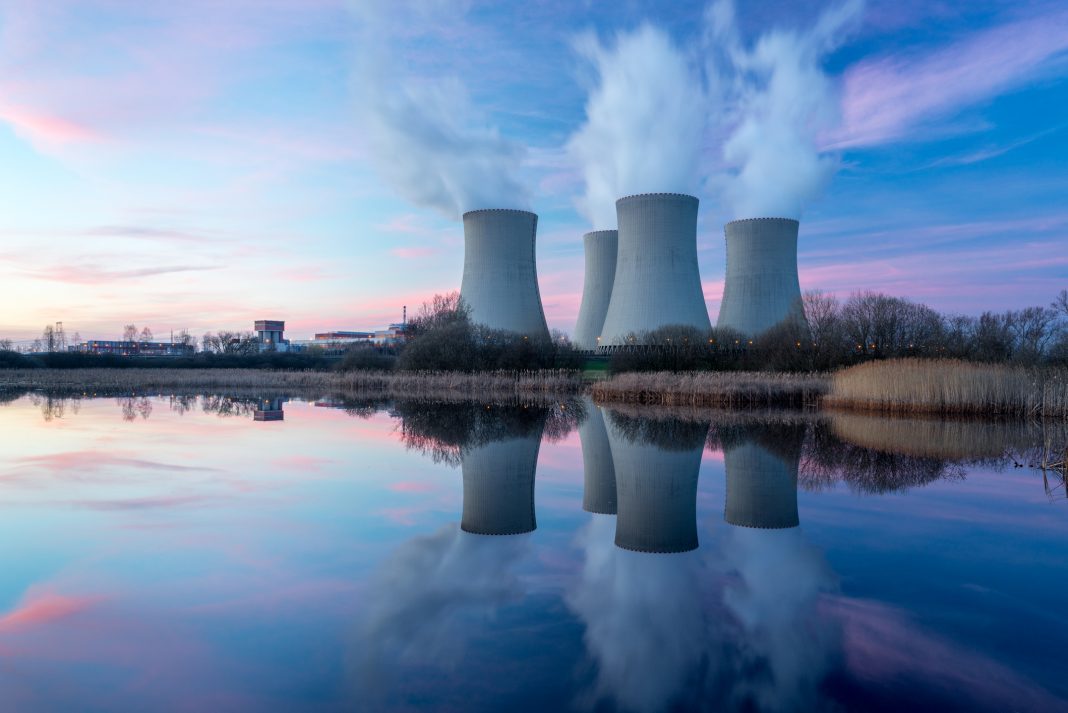Mini nuclear can be a relatively safe and fast energy alternative, but the UK government needs an efficient energy strategy to lead us to net zero when using it
By 2050, the UK government hopes nuclear will make up 25% of our energy mix. Once operational, nuclear energy, and even mini nuclear, is effectively net zero in emissions. However, massive power plants like Hinckley and Sizewell C take years to construct – as many as fifteen even.
These are years we simply don’t have. While these plants should be a key focus area for lowering emissions in theory, we need to be moving to net zero much faster.
We are not in control of our own destiny when it comes to gas, as evidenced by the recent cut-off from Nord Stream 1. Take that alongside the ever-rising price of gas and the difficult winter we have ahead, focus must be on using alternative sources.
Mini nuclear provides an agile, speedy and relatively safe energy alternative if implemented correctly. The only thing holding us back however is the lack of a sufficient energy strategy from the government and fear surrounding ‘nuclear’.
An agile energy alternative
Despite the common narrative, the idea of lowering emissions through nuclear energy has long been on governments’ agendas. Looking at Hinkley Point for example, at the time of production in the 1960s, this was a forward-looking decision put in place to provide secure energy to the country, and the same can be said with Sizewell. However, the problem that we have today is we need to be moving to net zero at a much faster rate than it takes to build these large-scale plants.
With the UK government announcing the launch of £120 million in funding to support the development of new nuclear energy projects, the opportune moment for mini nuclear is upon us. Mini nuclear reactors, once operational, provide a cheap and agile alternative to bigger plants and can be safely deployed close to population centres – helping the government to meet its ambition to approve eight new reactors by 2030.
Once mini nuclear takes off, we will then have the facilities to kick-start small modular reactor (SMRs) initiatives, another cheaper, quicker model compared with traditional plant designs. In the battle for sustainable energy, lower costs are the crucial element in justifying the nuclear push and making this an energy source well placed to work as the ideal partner alongside community renewables.

Turning mini nuclear into reality
As with other sustainable developments, like batteries, the plan for take-off is piloted by the collaboration and co-development with large, multinational business. Ultimately, we need to look at what taxpayer’s money will lead to the best investment, and what will help the government acquire raw materials which it cannot get by itself. This international connection would allow the UK to better work with the EU, US and Canada to supply high demand metals in a sustainable and collaborative way that will benefit us all nationally and globally.
This is already taking place for mini nuclear, with Rolls Royce pioneering the development of this in the UK. The company aims to utilise the reactors to supply on and off the grid clean energy solutions to the UK’s national grid by 2029, seeing the technology as an earner far beyond any previous business area like diesel motors and jet engines.
Overcoming environmentally detrimental obstacles
With any sort of initiative, there are challenges. For example, when building large sites, environmental factors and planning regulations must be considered – like whether these are located in safe disposal areas at a sufficient distance from large population centres. By using mini nuclear we eliminate this problem. We know they are deployable for regions and can be spread across the country safely.
Perhaps the biggest roadblock when it comes to mini nuclear initiatives is the ‘not in my backyard’ mindset. Our society fears the term nuclear, being sceptical of the potential risks that come with it. But the very nature of mini nuclear is that it is more agile and a lot smaller in scale. Management of mini nuclear is nowhere near as complex compared with big sites – taking far less time to start up, being easier to maintain, and requiring a lot less manpower.
This is also where AI and automation can be deployed very effectively, to keep operations running as smoothly as possible. Predictive maintenance capabilities can, for example, ensure any issues are identified early and fixed well ahead of time. This also helps to eliminate backlogs on maintenance work, for faster, more efficient planned turnarounds.
Cracking the energy code
All signs point towards using more nuclear energy as a clean and reliable alternative to fossil fuels. However, there needs to be a clear strategy in place to manage this. So far no one has cracked the energy transition – the Nordics are pretty far ahead in regard to wind, and France with their nuclear strategies and interconnectors, but the UK is playing catch up.
Our potential lies in the promise of mini nuclear specifically, as a cheaper and more agile initiative compared with bigger nuclear power plants. Alongside the renewable energy drive, this will allow providers to have proven net-zero energy capabilities, as well as secure energy supplies in an uncertain world.
This piece was written by Simon Tucker, Global Head of Energy, Utilities & Resources at Infosys Consulting.











